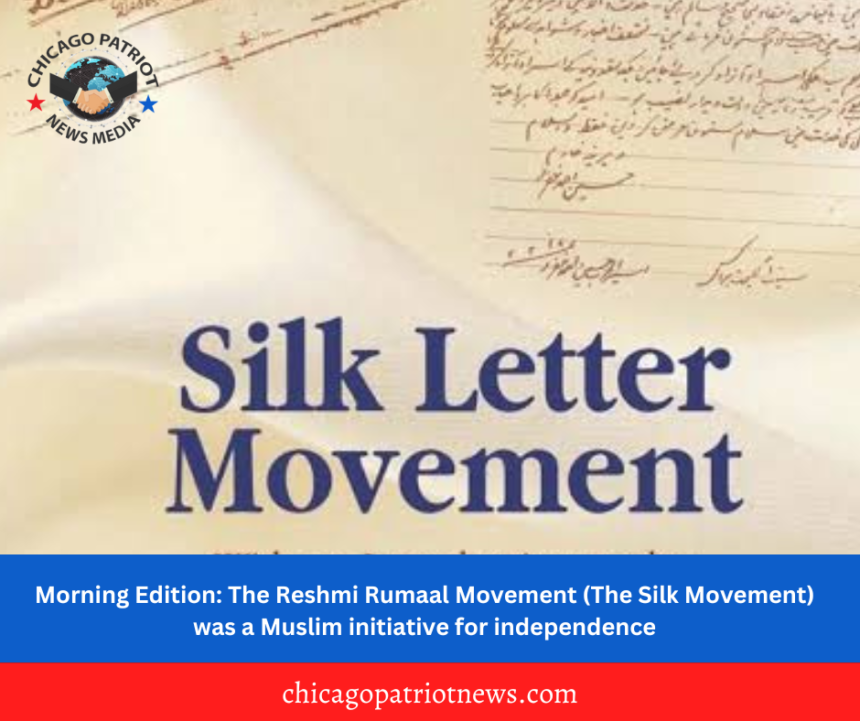Chicago – November 25, 2024
The Reshmi Rumal Tehreek, also known as the Silk Letter Movement (1913-1920), emerged as a significant initiative led by Deobandi leaders to challenge the dominance of the British Empire.
Metaphorically, it aimed to weaken British rule by enveloping it in the soft embrace of silk fabric. A prominent institution that emerged during this time was Darul Uloom Deoband, founded in 1866. This educational establishment played a pivotal role in producing influential leaders like Maulana Mahmood Hassan (also known as Sheikh ul Hind) and Mohammed Mian Mansoor Ansari, who became pioneers of the movement.
The Silk Letter Movement referred to as Tehreek-e-Reshmi Rumal derived its name from the unique communication method used by Shaikh ul Hind and other Deobandi leaders.
They exchanged confidential information through written correspondence on pieces of silk fabric. These letters contained strategic plans, details about weapons and ammunition, recruitment strategies, and guidance for training volunteers.
The movement attracted numerous enthusiastic young individuals and gained significant momentum. It evolved beyond a gathering of like-minded activists into a fully-fledged armed movement with international support and sponsors. Nations opposing British rules, such as Turkey, Afghanistan, Russia, and Imperial Germany, provided essential funds, arms, and ammunition for the cause.
However, the covert nature of the plot was exposed when the Punjab CID intercepted a collection of letters. These correspondences, written by Ubaidullah Sindhi, a Deobandi leader in Afghanistan, were intended for Mahmud Hasan Deobandi, another significant figure residing in the Hejaz. These vital communications were penned on silk cloth, giving rise to the movement’s unique name.






